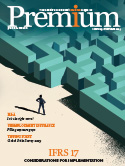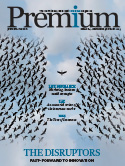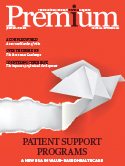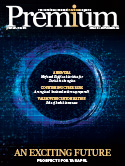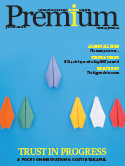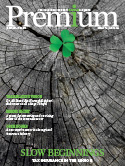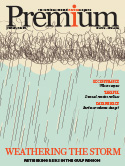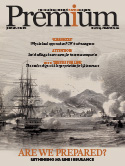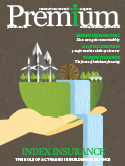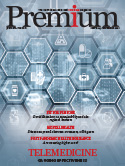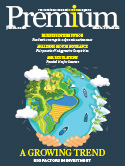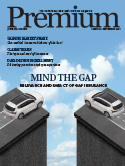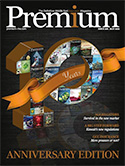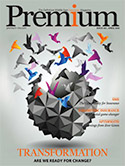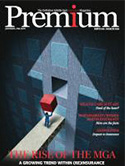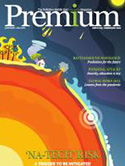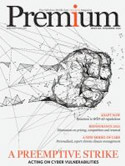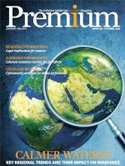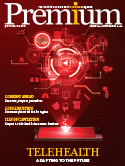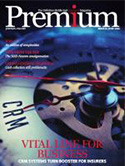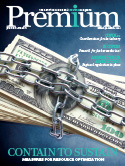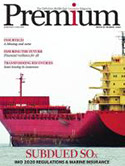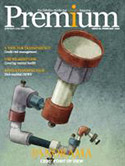Survey: Prioritisation of tech key to growth
DWF recently published its ‘Future of Insurance’ based on a survey of 200 senior executives across the UK insurance market as to their current strategic priorities and what they expect to be their focus in five years’ time.
Market participants admitted a key barrier to their future success is the culture of the industry and the often defensive mindset of senior people in their own organisations, especially when faced with regulatory pressures. The market needs to strive for greater diversity and learn to reward innovation as it meets technological and regulatory challenges to its longstanding operating models.
Distribution costs are recognised as being too high but identifying where and how they can be reduced not surprisingly produces different answers from different market participants. This issue is also on the radar screens of regulators, with the Financial Conduct Authority (FCA) last November launching its own market study to assess how competition is working in the wholesale broker sector.
Technology is seen as enabling better customer service and administrative efficiency, as well as being a driver of product innovation, although the market is unsure which technologies to prioritise for investment. Customer-facing technology is identified as essential but most firms indicate that a clear strategy for unlocking the opportunities is still pending.
There is widespread recognition that technology will create some disruption, with automation and bots in particular seen as key technological threats to employment, the report stated.
Another key theme to emerge from the survey is the sharply differing perceptions of brokers and their future role. Insurers do not currently see themselves as being centres of underwriting excellence, in itself a surprising revelation. Brokers, however, do see insurers in this way and look to underwriters to provide high-quality solutions to their clients’ needs. Yet their respective positions when the same people were asked to look five years ahead were completely reversed.








